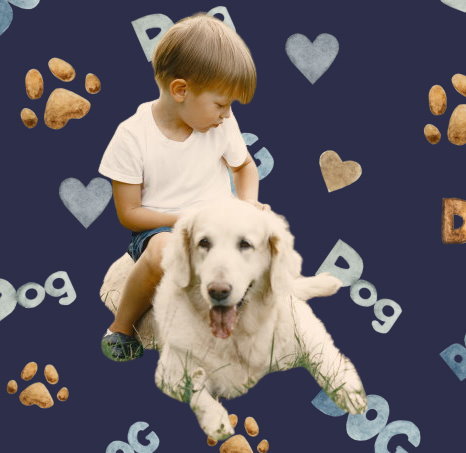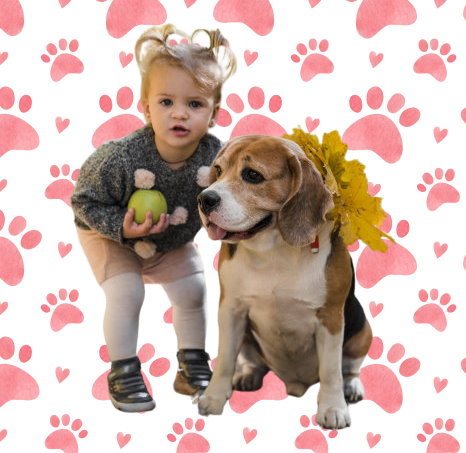Welcome to Dog Training Newbies !
Welcome to Dog Training Newbies !

Winter is a magical season, where snow-covered landscapes invite us to embrace outdoor activities. If you're a dog owner looking for a unique and exhilarating winter adventure, skijoring might be just the activity for you and your furry companion. Skijoring combines cross-country skiing with dog sledding, creating a thrilling experience that allows you and your dog to enjoy the winter wonderland together. In this article, we will explore skijoring training and provide you with the necessary information to get started on your winter adventures.
WHAT IS SKIJORING?
Skijoring originated in Scandinavia and has become increasingly popular worldwide. The word "skijoring" is derived from the Norwegian word "skikjøring," which means "ski driving." In skijoring, a person wearing skis is pulled along by a dog or multiple dogs harnessed to a pulling system. It's a fantastic way to combine your love for skiing and your dog's energy and enthusiasm.
PREPARING FOR SKIJORING: ESSENTIAL EQUIPMENT
Before you hit the snowy trails, it's important to have the right equipment for skijoring. Here are the essential items you'll need:
1. Skijoring Harness: Your dog will need a well-fitting harness designed specifically for skijoring. The harness should distribute the pulling force evenly and comfortably across their body.
2. Skijoring Belt: You'll require a padded belt that attaches to the dog's harness and holds the tension of the line while you ski. The belt should fit securely around your waist and provide good back support.
3. Towline: The towline connects your dog's harness to your skijoring belt. It should be long enough to allow your dog to move freely but not too long to cause tangles or interference.
4. Skis: Choose cross-country skis suitable for your weight and skiing ability. Skis with metal edges provide better control and stability on icy terrains.
5. Ski Boots: Have comfortable and supportive ski boots that fit correctly to ensure proper control and maneuverability.
6. Safety Gear: Don't forget to wear a helmet and other appropriate winter clothing to stay warm and protected while skijoring.
SKIJORING TRAINING: BUILDING THE BASICS
Before embarking on longer and more challenging skijoring adventures, it's essential to train your dog and develop a strong foundation. Here are some key steps to guide you through the skijoring training process:
1. Basic Commands: Ensure your dog responds reliably to basic commands such as "sit," "stay," "come," and "heel." These commands are fundamental for safety and control during skijoring.
2. Leash Training: Practice loose leash walking to ensure your dog understands how to walk beside you without pulling or veering off course. This skill will translate to better control during skijoring.
3. Harness Familiarization: Introduce your dog to their skijoring harness gradually. Allow them to sniff and explore the harness before putting it on. Reward them with treats and praise to create positive associations.
4. Pulling Exercises: Start with short pulling exercises to get your dog accustomed to pulling you while wearing the harness. Begin by having them pull lightweight objects, such as a sled or a tire, and gradually increase the weight as they become more comfortable.
5. Skiing Introduction: Introduce your dog to skis in a controlled environment. Walk or ski slowly, allowing your dog to become familiar with the sensation and sound of skis on snow.
6. Practice Together: Once your dog is comfortable with the individual components, it's time to practice skiing together. Start in a flat, open area, and gradually progress to more challenging terrains as both you and your dog gain confidence.


SAFETY CONSIDERATIONS
Safety should always be a top priority when skijoring with your dog. Here are some essential safety considerations:
1. Start Slow and Gradual: Begin with short skijoring sessions and slowly increase the duration and intensity. This allows your dog to build stamina and prevents overexertion.
2. Check Trail Conditions: Ensure the trails are safe and suitable for skijoring. Avoid trails with excessive ice, steep slopes, or hazards that may pose a risk to you and your dog.
3. Weather Conditions: Consider the weather conditions before heading out. Extremely cold temperatures or blizzard-like conditions may not be suitable for skijoring.
4. Hydration and Rest: Bring water and take regular breaks to allow your dog to rest and rehydrate. Be mindful of their energy levels and any signs of fatigue.
5. Observe Local Regulations: Familiarize yourself with any local regulations or guidelines regarding skijoring in your area. Respect trail rules and etiquette to ensure a positive experience for everyone.
Skijoring is a thrilling and rewarding winter activity that allows you to bond with your dog while enjoying the snowy outdoors. Through proper training, equipment, and safety precautions, you can embark on exciting adventures together. Remember to start slowly, build astrong foundation, and prioritize safety at all times. With patience, practice, and a sense of adventure, skijoring can become a cherished winter activity that creates lasting memories for you and your canine companion. So, gear up, hit the trails, and embark on an unforgettable winter adventure with skijoring!